Dracaena care: What should you do and how to water it?
The Dracaena
Dracaena plants vary in size, shape, and color, but they all share one main characteristic: their long leaves grow outward and upward from a central stem, or cane. The bases are robust, lending an unexpected architectural element to the whimsical foliage.
As a Dracaena grows, it maintains its upright appearance making it perfect for blank walls, spots behind furniture, or tight corners.
Dracaenas are easy, low-maintenance houseplants that will thrive and adapt in almost any environment.
FUN FACT
NASA lists Dracaena varieties as excellent plants for removing harmful toxins from the air.
_________________________________________________
How to care for your Dracaena
Use these instructions to care for a Dracaena. This guide will tell you how to water a Dracaena, including its light, temperature, and humidity preferences, and any additional care it may need to help it grow.
Your Dracaena prefers medium, indirect sunlight but can survive in low-light situations. Brown spots on the leaves usually indicate the plant is receiving too much light. Pale leaves, slow growth, and small new leaves indicate it's not receiving enough light.
Excess water causes root rot and is the main reason a Dracaena plant dies. Water your plant well and let the top 50% of the soil dry out before watering again. Brown tips on the leaves may indicate overwatering, while numerous yellow leaves mean the plant needs more water.
Your Dracaena will do well in average humidity environments, but will appreciate regular misting.
Dracaena like comfortable room temperatures between 65-80 degrees.
Dracaena plants are slow-growing and don't require much fertilizer. Feed once a month in spring and summer with a well-balanced, water-soluble plant food at half the recommended strength. No fertilizer is necessary during the winter, when plant growth naturally slows.
Dracaena leaves are toxic to pets and humans. Ingestion will typically cause irritation of the mouth and stomach, with possible vomiting.
Beware of a common problem called "tipping," when leaf tips dry out and turn brown. This can be caused by a variety of issues such as overwatering, too much fertilizer, etc. The most common cause is tap water, which contains salts, chlorine, and fluoride. If you don't have a filtration system, leaving tap water in an open container overnight before watering can help remove some of the chlorine and fluoride. 
_________________________________________________
Common problems for your Dracaena

Your Dracaena's leaves could be turning yellow for several reasons, but don't worry! Let's investigate and get to the bottom of this!
Humidity
The most common cause of yellowing leaves among Dracaena plants is inadequate soil moisture, particularly overwatering. Your Dracaena likes to stay moist (but not wet or saturated!), so maintaining a regular watering schedule is key.
When watering your Dracaena, be sure to provide enough water so that the liquid flows from the drainage hole at the bottom of the pot and into the saucer. It is extremely important to discard any excess water in the saucer and not let your plant sit in any standing water. Your plant does not like "wet feet," which will cause the roots to rot and lead to the eventual death of the plant. Yellowing and browning leaves are the first sign that root rot may be occurring.
Providing adequate and consistent soil moisture is important when caring for a Dracaena plant. Alternating between dry and wet soil due to untimely watering can create stress and cause the plant to turn yellow. This is not a drought-tolerant plant.
Water quality
Water quality could also be causing Dracaena leaves to turn yellow. Dracaena plants are sensitive to chemicals found in most tap water. Use filtered water or allow tap water to sit uncovered overnight before watering so that chemicals like chlorine and fluoride can evaporate.
Its humidity level
Low humidity and dry soil cause the leaves to tear and brown at the edges, followed later by yellowing, browning, and wrinkling. Your Dracaena will appreciate an increase in humidity through regular misting, a humidifier, or a pebble tray.
Pests
A weakened or stressed dracaena is more susceptible to insect infestations. Sap-sucking insects like spider mites can drain your plant of moisture. This problem quickly manifests itself as yellowing of leaves and fronds. Scale, mealy bugs, and spider mites are common indoor pests. If not killed early, these tiny pests proliferate and move along the frond sections in crevices. The insects' piercing mouths exhaust your plant and accelerate yellowing, especially if your dracaena is already unhealthy due to poor lighting, a nutrient deficiency, or inadequate soil moisture.
Some yellows are natural
Is your dracaena producing new growth? If your plant is growing new leaves and the yellowing leaves are older, particularly at the bottom of the plant, this yellowing is natural. Your plant is shedding its old leaves and directing energy toward new growth.

Humidity
The most common cause of browning leaf tips among Dracaena plants is underwatering, or allowing your Dracaena to dry out for long periods of time. Water your Dracaena when the top 75% of the pot's soil is dry. The soil should never be soggy or wet. In winter, you can allow your plant to dry out further between waterings, but be sure to increase humidity with regular misting, a humidifier, or a pebble tray.
When watering your Dracaena, be sure to provide enough water so that the liquid flows from the drainage hole at the bottom of the pot and into the saucer. It is extremely important to discard any excess water in the saucer and not let your plant sit in any standing water. Your Dracaena does not like "wet feet," which will cause the roots to rot and lead to the eventual death of the plant.
Quality of the
Water quality could also be causing dracaena leaves to brown. Dracaena plants are sensitive to chemicals found in most tap water. Use filtered water or allow tap water to sit uncovered overnight before watering so that chemicals like chlorine can evaporate.
Level of
Low humidity and dry soil cause leaves to droop and brown at the edges, followed later by complete yellowing, browning, and leaf drop. Misting your Dracaena's leaves frequently will increase humidity. You can also use a pebble tray for long-term humidity increases, or use a humidifier.
Pests
A weakened or stressed dracaena is more susceptible to insect infestations. Sap-sucking insects like spider mites can drain your plant of moisture. This problem quickly manifests itself as yellowing of leaves and fronds. Scale, mealy bugs, and spider mites are common indoor pests. If not killed early, these tiny pests proliferate and move along the frond sections in crevices. The insects' piercing mouths exhaust your plant and accelerate yellowing, especially if your dracaena is already unhealthy due to poor lighting, a nutrient deficiency, or inadequate soil moisture.
Some yellowing and browning is natural
Is there new growth on your Dracaena? If there is new growth on your plant and the yellowing and browning leaves are older, particularly at the bottom of the plant, this yellowing is natural. Your plant is shedding its old leaves and directing energy toward new growth.




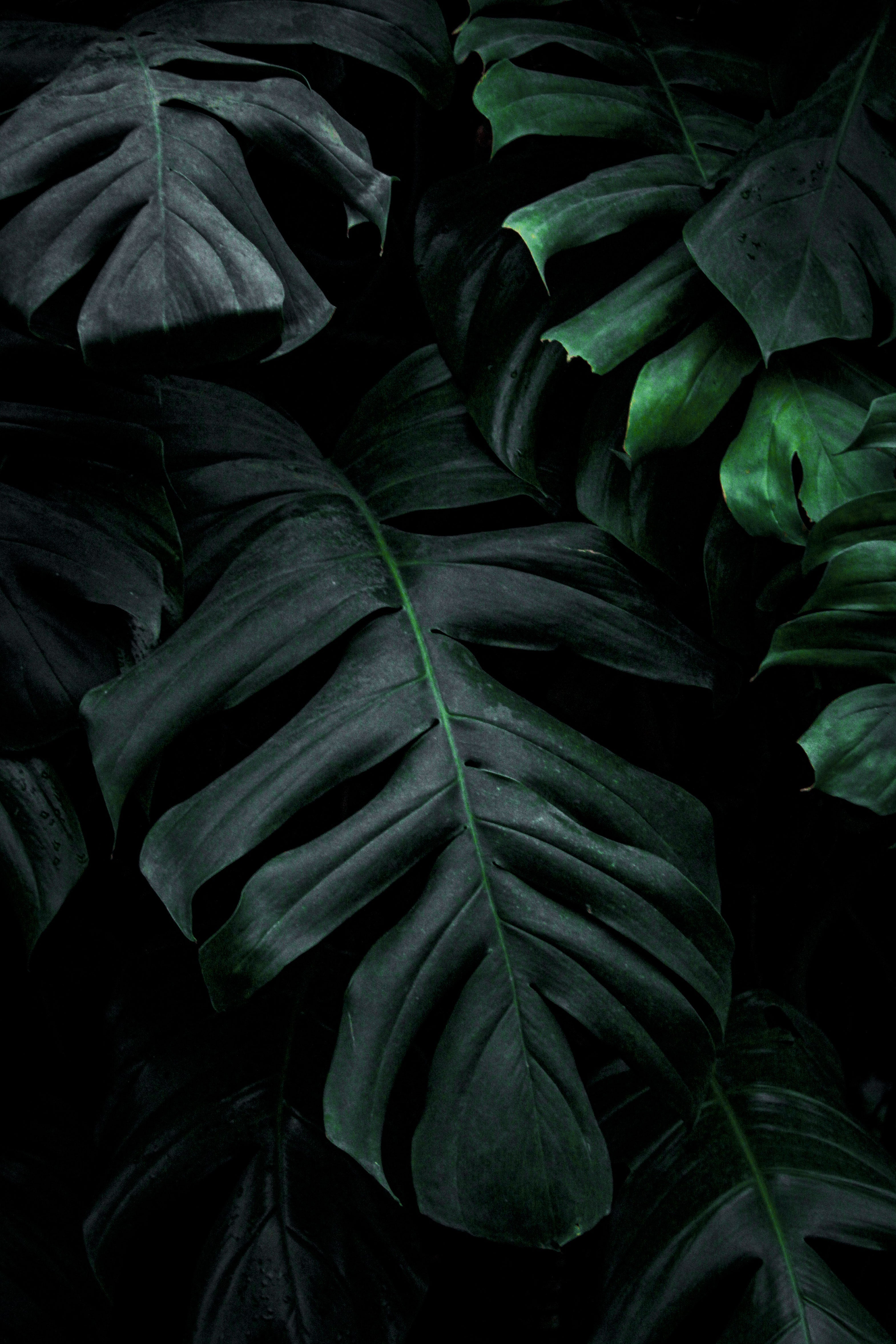
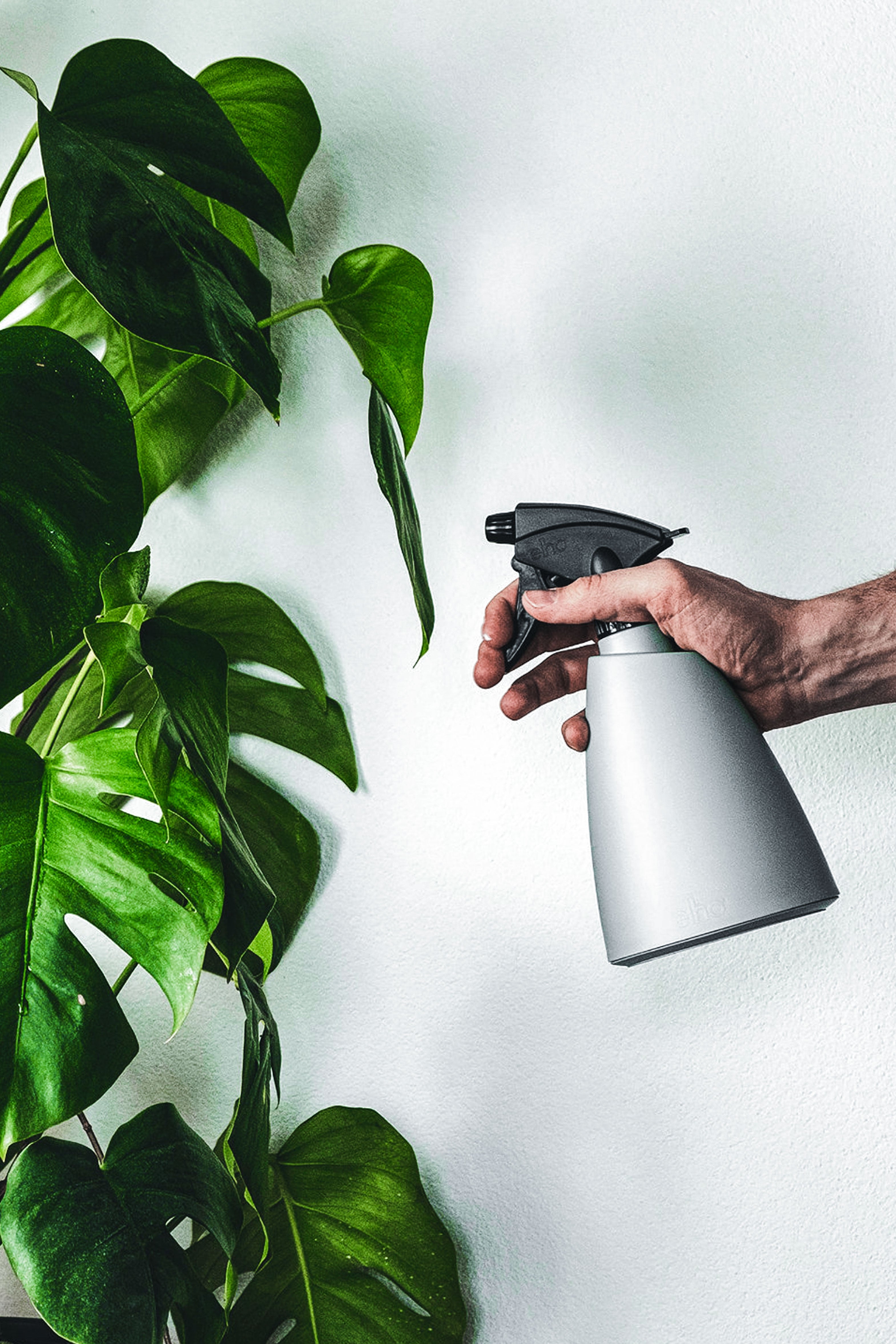
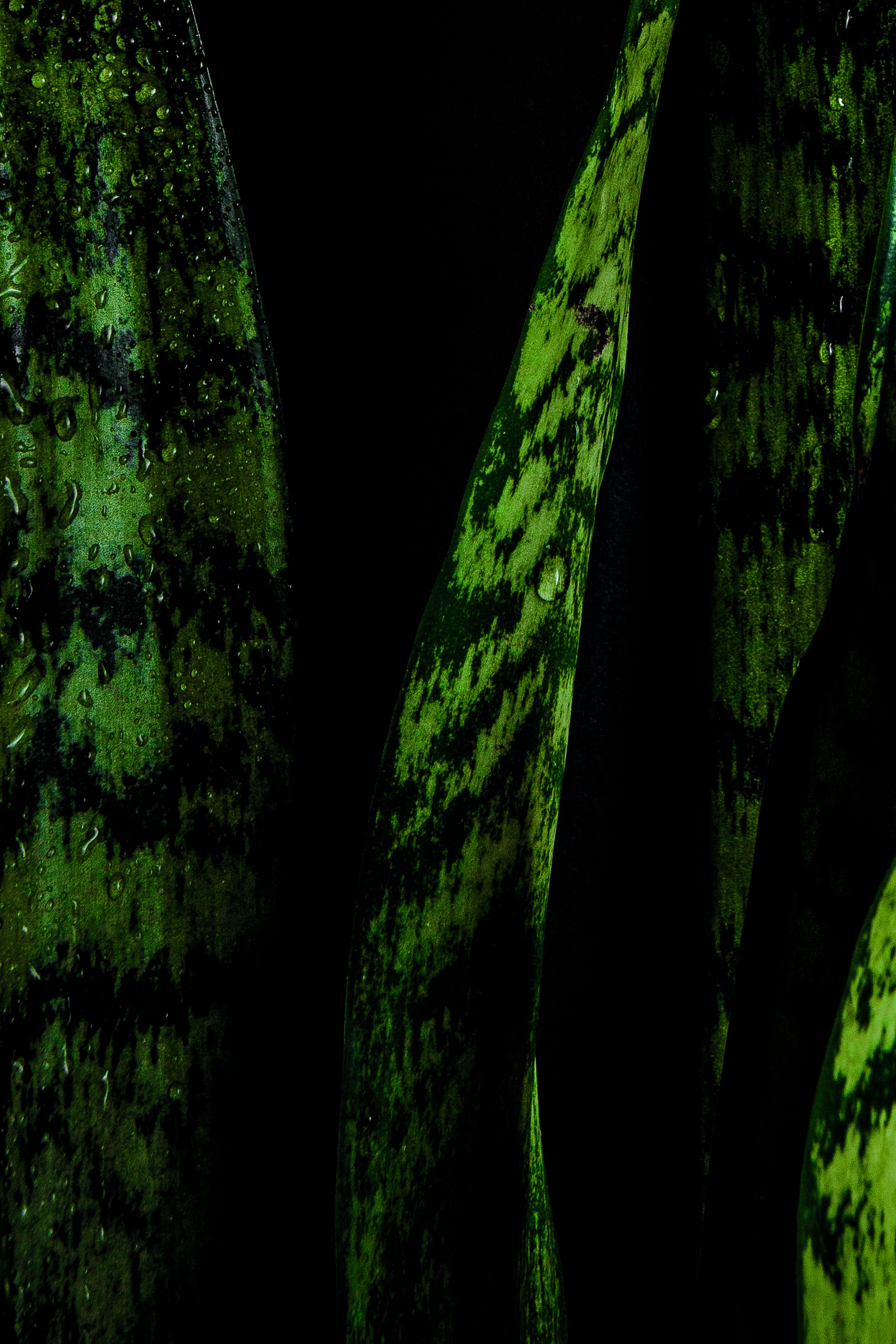
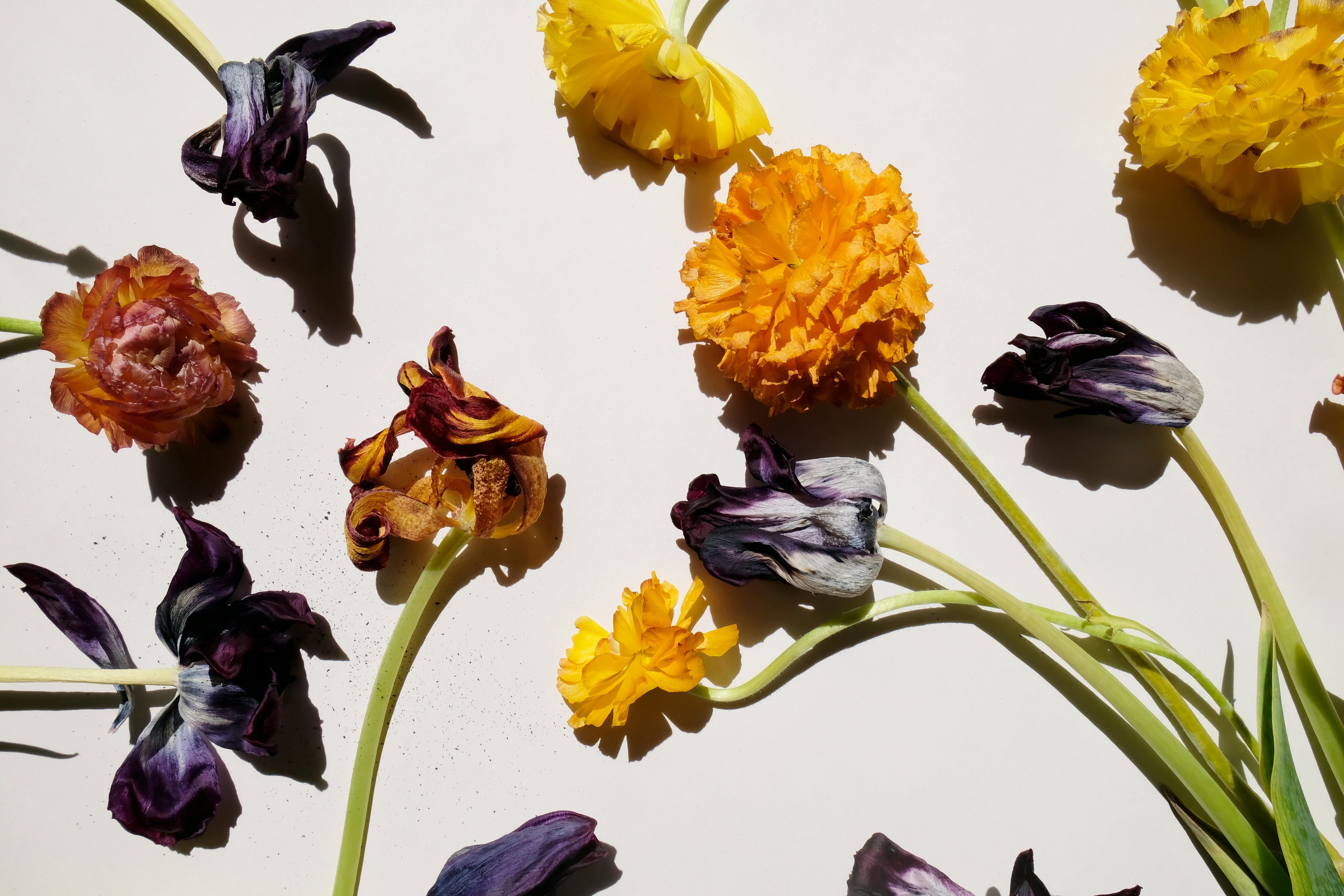
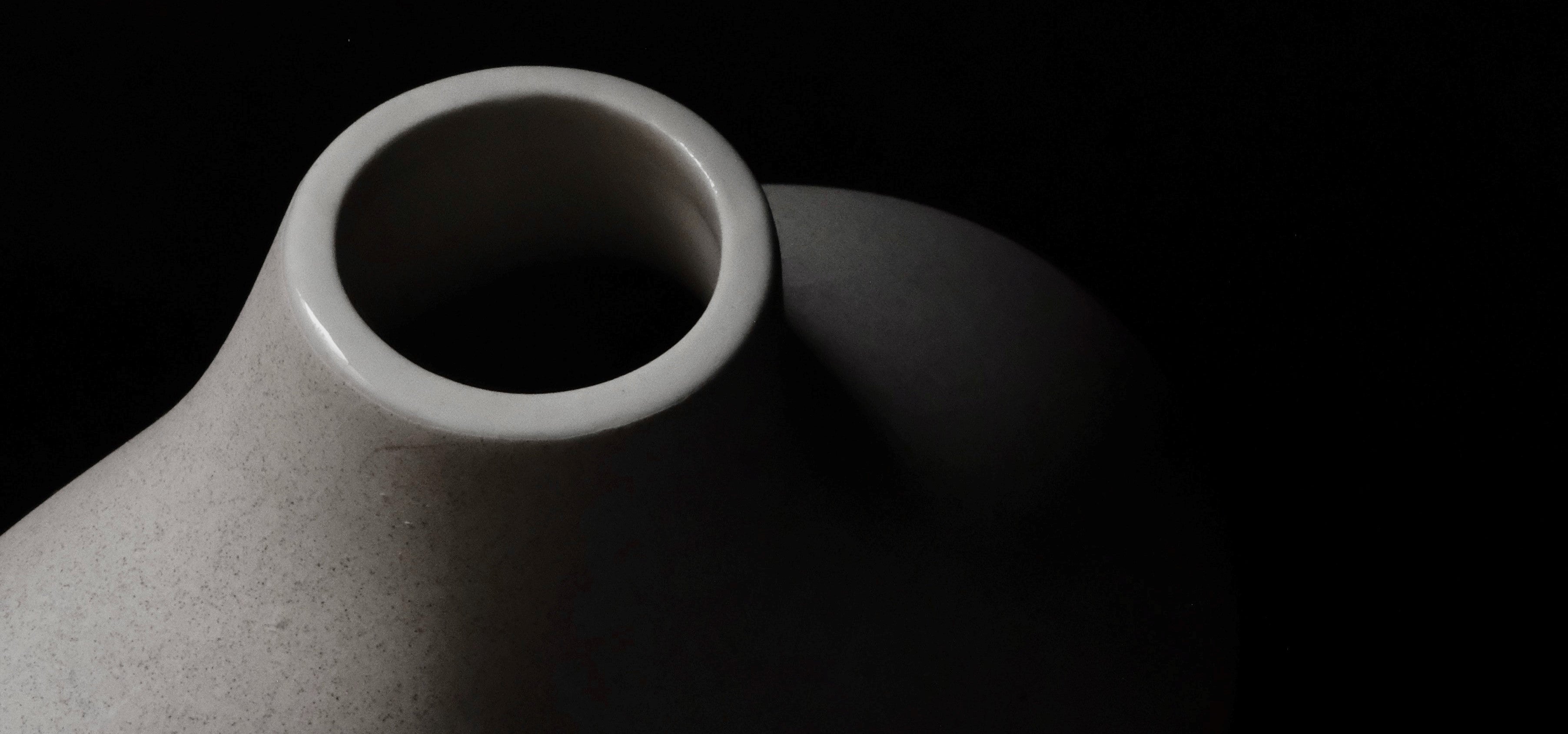
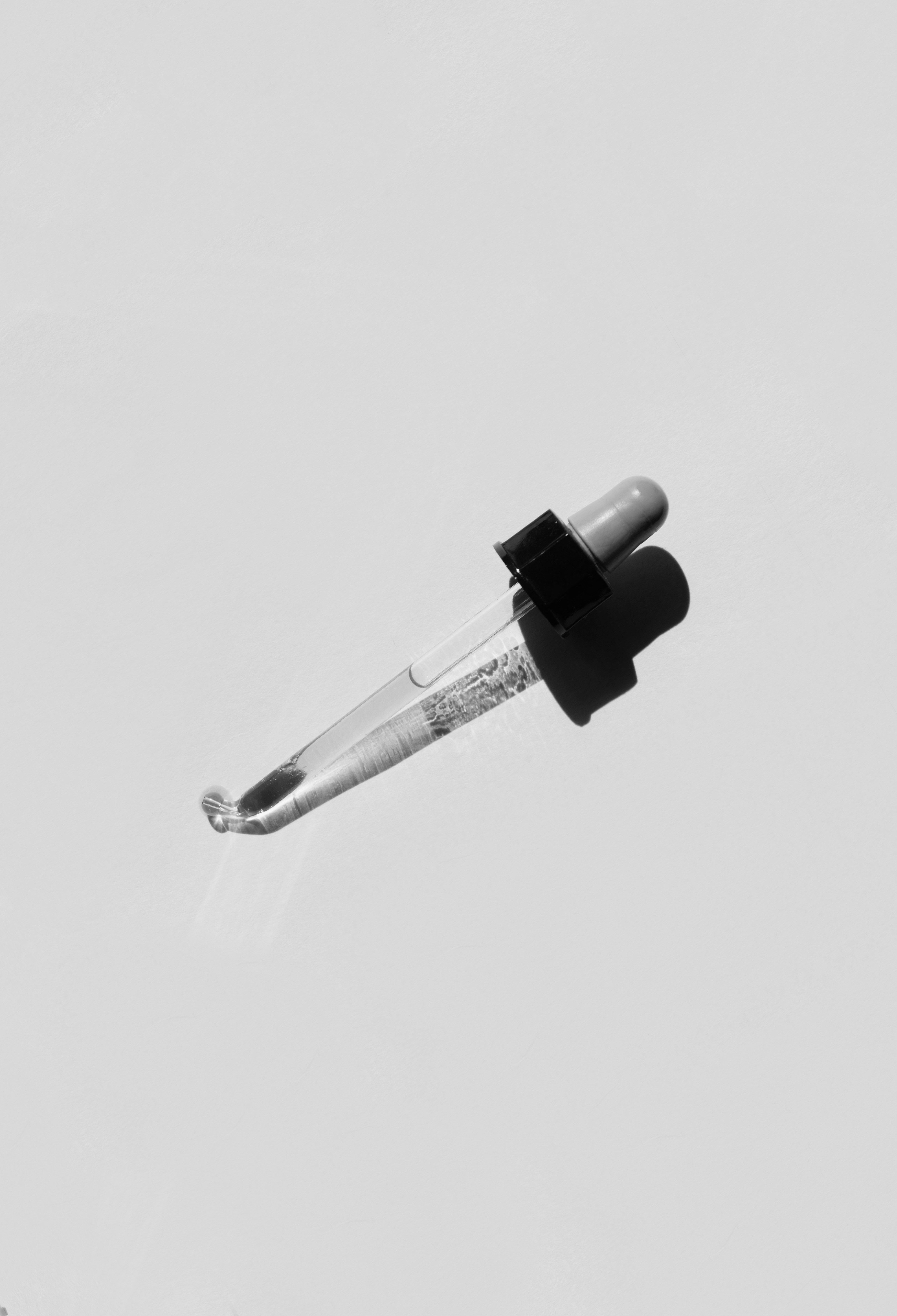
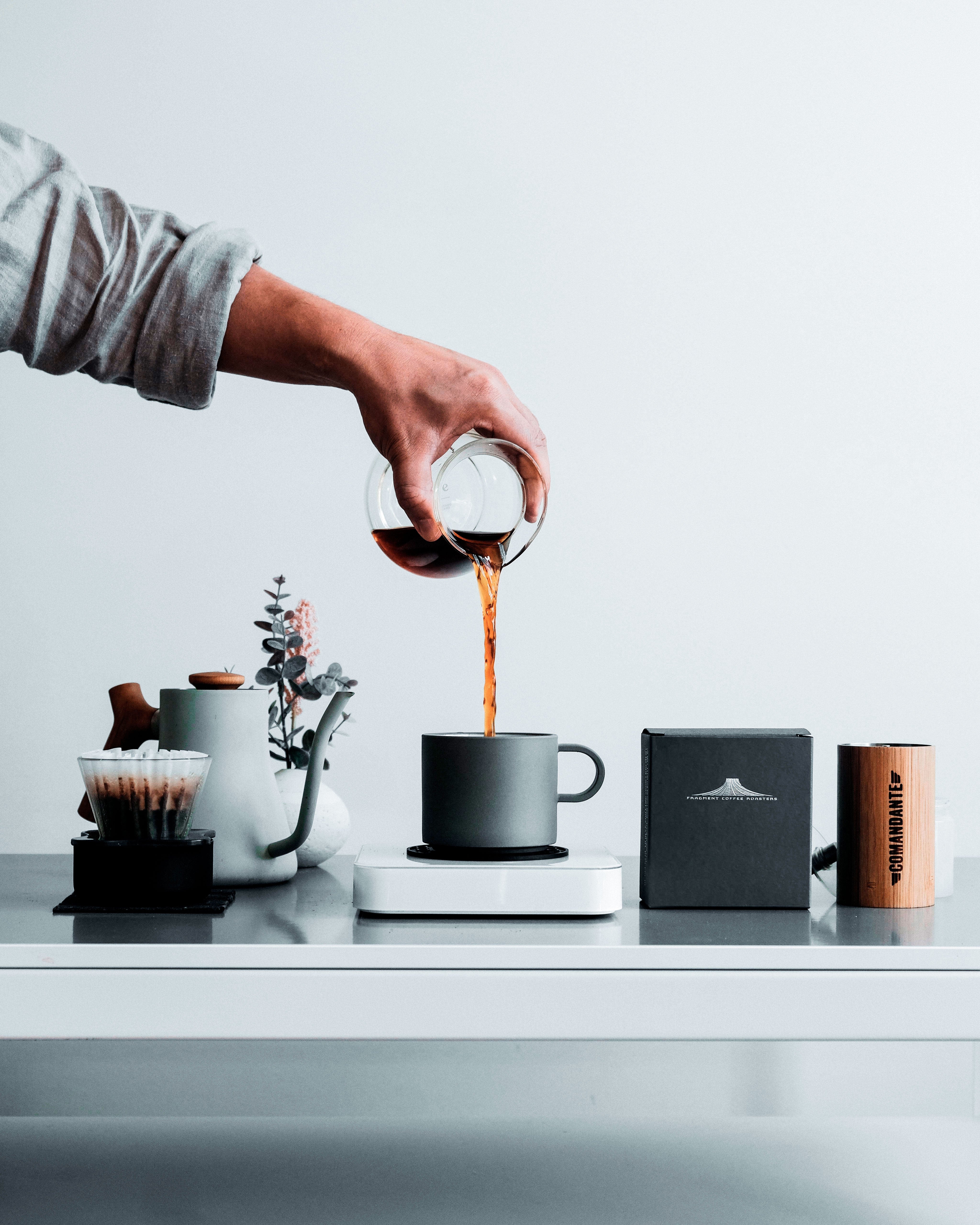
Leave a comment